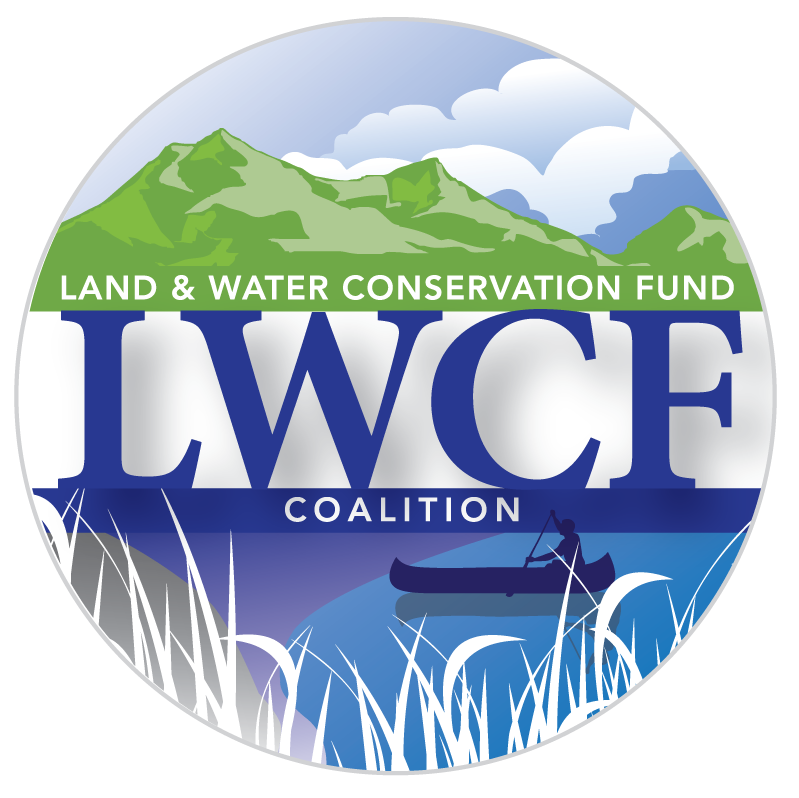
BLOG
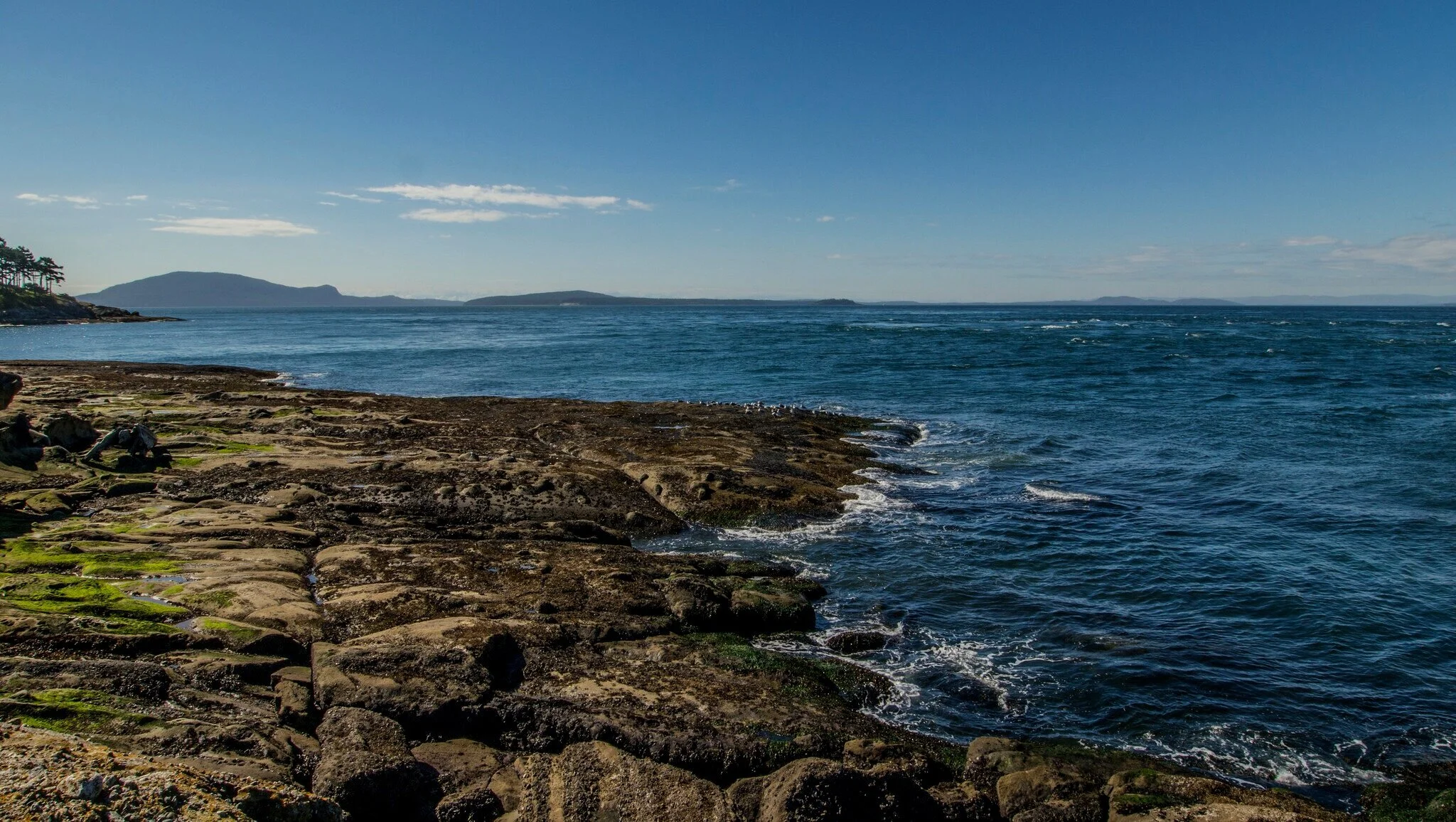
The Great American Outdoors Act: From Start to Finish
WE DID IT! Thank you to the 483 Members of Congress and the thousands of organizations, businesses, associations, and advocates who were instrumental in passage of the Great American Outdoors Act which fully and permanently funds the Land and Water Conservation Fund (LWCF)!
This is a once in a generation achievement for conservation that has been 55 years in the making. How did it finally get done? Read below to learn about how this amazing victory happened in the past months, after years of building support across the country and with Members of Congress.
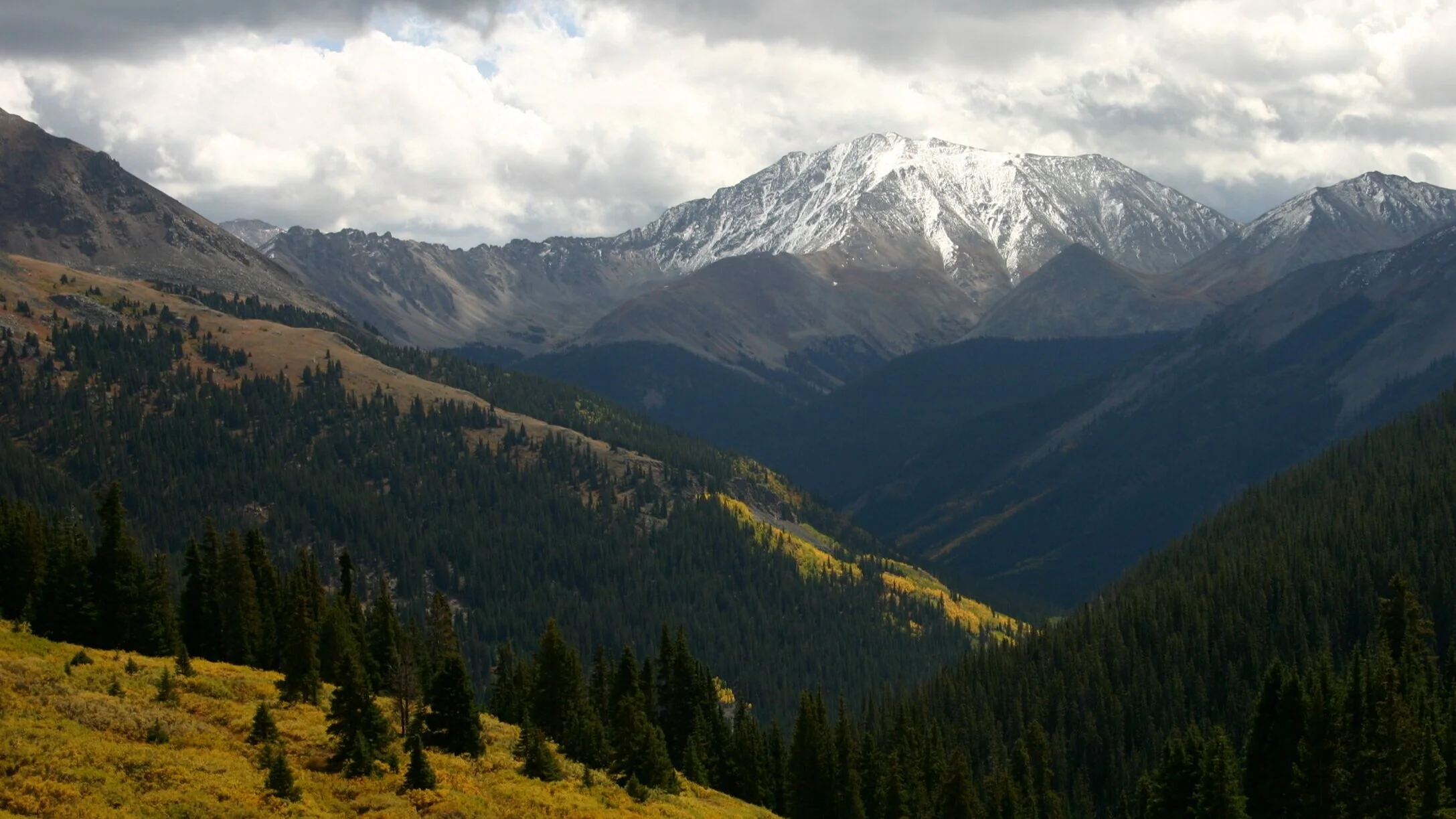
LWCF Policy Update
It has been a roller coaster few weeks in the world of public lands with our efforts to fully fund the Land and Water Conservation Fund (LWCF) reaching a tipping point in early March. Right now the current global pandemic has us all focused on how to best support our local communities and loved ones, and remain optimistic at an incredibly challenging time, while Congress is focused on immediate rescue and relief efforts. But we remain hopeful that LWCF permanent funding legislation will advance and we are working with legislative champions to secure an opportunity whenever that becomes feasible. Here’s an update on recent developments, so you can help us pick back up where we left off -- on the brink of success!

Public Access Into Zion National Park Permanently Protected BY LWCF
For 16 miles, hikers weave their way down the Zion Narrows Trail as it follows the Virgin River through one of the most iconic spots in Zion National Park. The hike covers difficult rocky, narrow terrain; however, up until recently, that wasn’t the greatest challenge to completing the trail. Just last year, hikers were greeted to a sign reading: “Permission to Pass Subject to Trespassing Fee,” “For Sale By Owner. Own Over 1 Mile of the Zion Narrows,” and “880 Acres with Water and Resort Potential.” This came as a great shock to many who assumed the trail was protected for public use, but a dispute with the landowner who had previously always allowed access, led the National Park Service to stop issuing permits for the trail. The Land and Water Conservation Fund (LWCF), America’s most important conservation program used to protect this type of land from private development, had recently expired and the gateway to Zion National Park was at real risk of being home to a resort or trophy home.
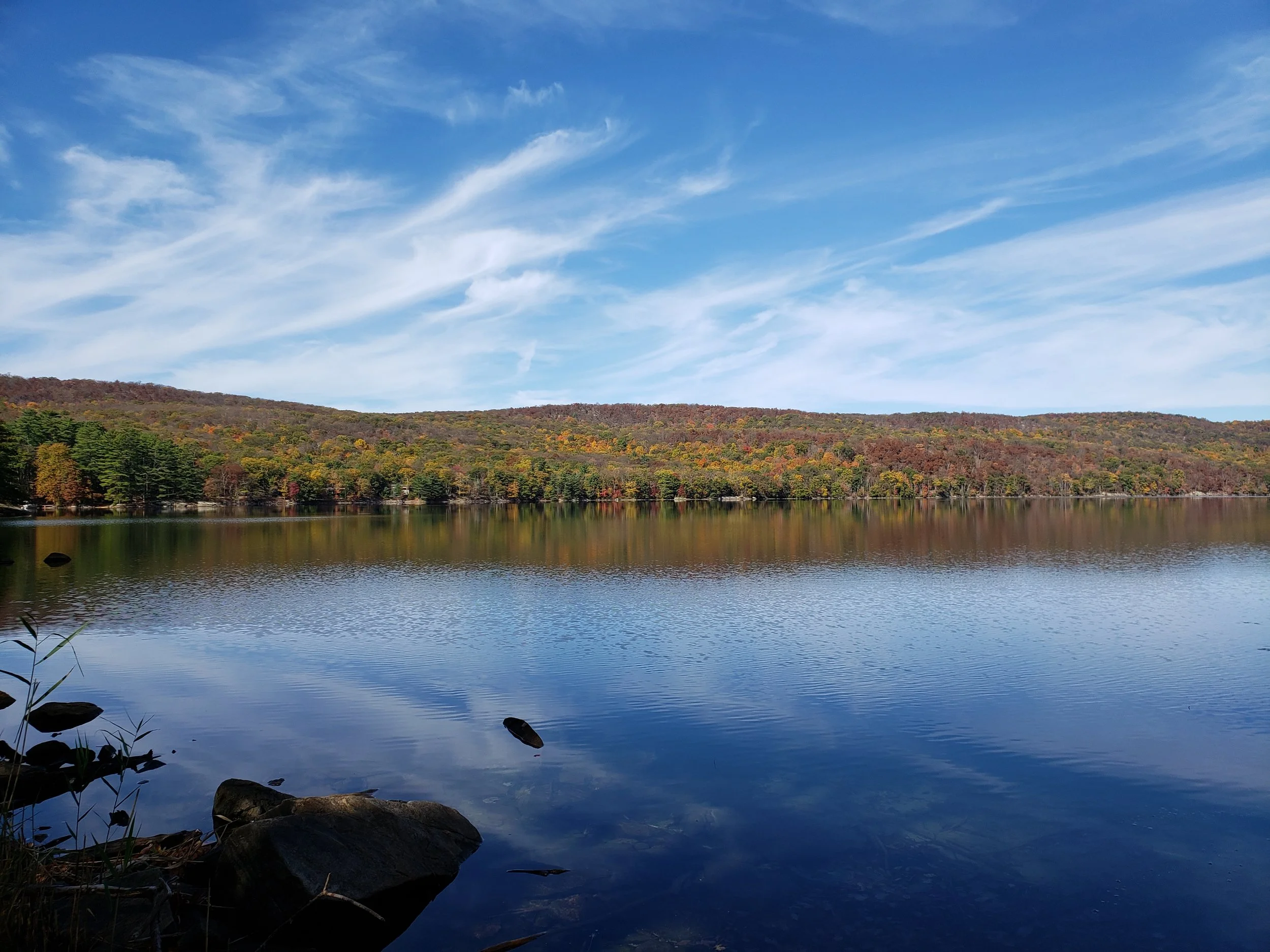
LWCF Invests in Green Infrastructure
When we think of green infrastructure, a conservation program like the Land and Water Conservation Fund (LWCF) may not be the first thing that comes to mind. However, LWCF has been investing in our nation’s green infrastructure for over a half century through protecting and filtering drinking water, reducing disaster risk, increasing coastal resiliency, providing flood mitigation, and supporting carbon sequestration. In every county in all 50 states and in U.S. territories, our national, state, and local parks, forests, wildlife areas, and other public lands are a critical network of green infrastructure that need continued investment in order to protect nearby communities from the effects of our changing climate.
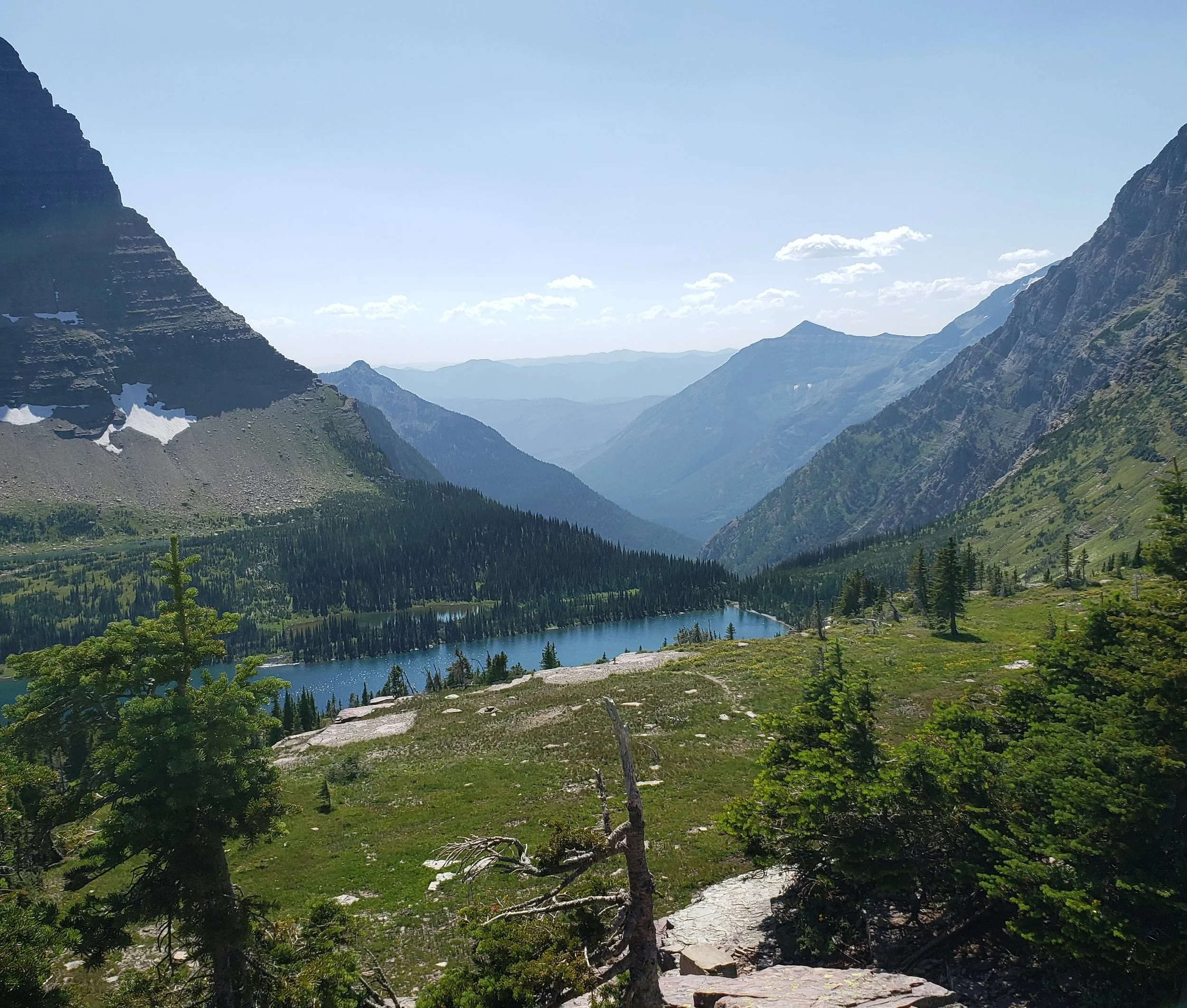
North America's Migration Corridors Protected by the Land and Water Conservation Fund
There are few sights as powerful as the movement of thousands of elk across the open plain, as intriguing as a large pack of wolves running silently through the deep forest, or as heartwarming as a grizzly mother and cubs fishing along a riverbank. These patterns of animal activities are critical to the survival of numerous species and are supported by the existence of habitat migration corridors - especially for large animals such as grizzly bears, elk, wolves, mule deer and other charismatic species in North America. These animals have great natural and cultural value, serving as barometers for larger ecosystem health and playing an important role in the traditions and economy of the West. But changing land use patterns and continued population growth and development across the West are threatening big-game and other large species, impacting winter range and migration corridors in sagebrush habitats and other ecosystems. In order to support sustainable populations, landscape-level conservation is required to stitch together a disjointed base of western public lands and prevent further fragmentation that impedes movement, restricts access to food sources, and prevents seasonal migration between summer and winter ranges and to vital breeding grounds.
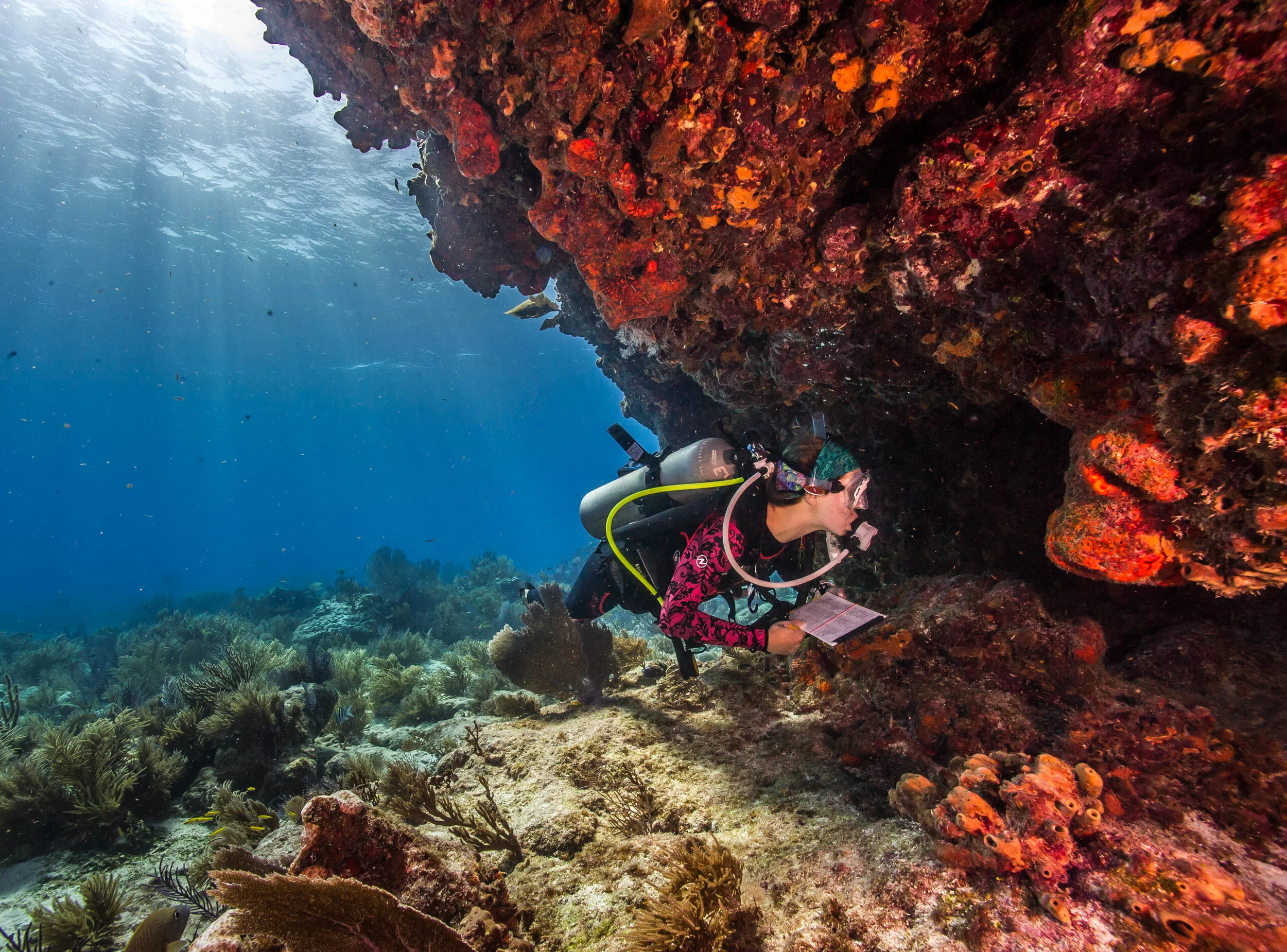
Swimming Spots Protected by LWCF
Looking for places to beat the summer heat? The Land and Water Conservation Fund (LWCF) has provided funding for thousands of great swimming spots from our national seashores and lakeshores to city pools, riversides, and beaches.
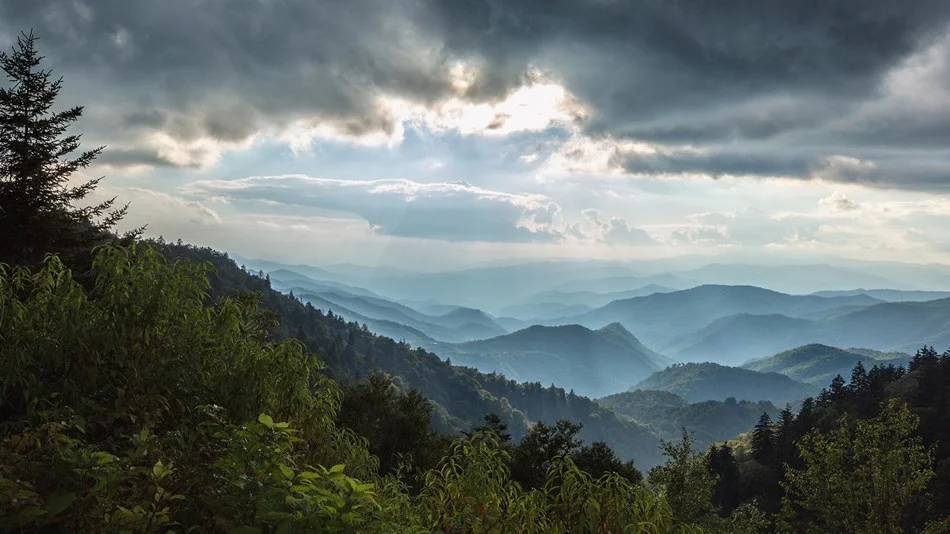
Time for Full Funding for LWCF
On March 12, 2019, LWCF was permanently reauthorized as part of S. 47, the John D. Dingell, Jr. Conservation, Management, and Recreation Act. What a huge, long-fought, and amazing victory, achieved by sweeping bipartisan margins in Congress! Major thanks are owed to all who helped make this success possible. Passage of the Dingell Act ensures that LWCF no longer faces the uncertainty of potential expiration, and that the unique structure and inflow of funds to LWCF is permanently protected. But there is still work to be done in order to guarantee the full promise of America’s most important conservation and recreation program, so now we are shifting our focus back to guaranteeing full, dedicated funding for LWCF.
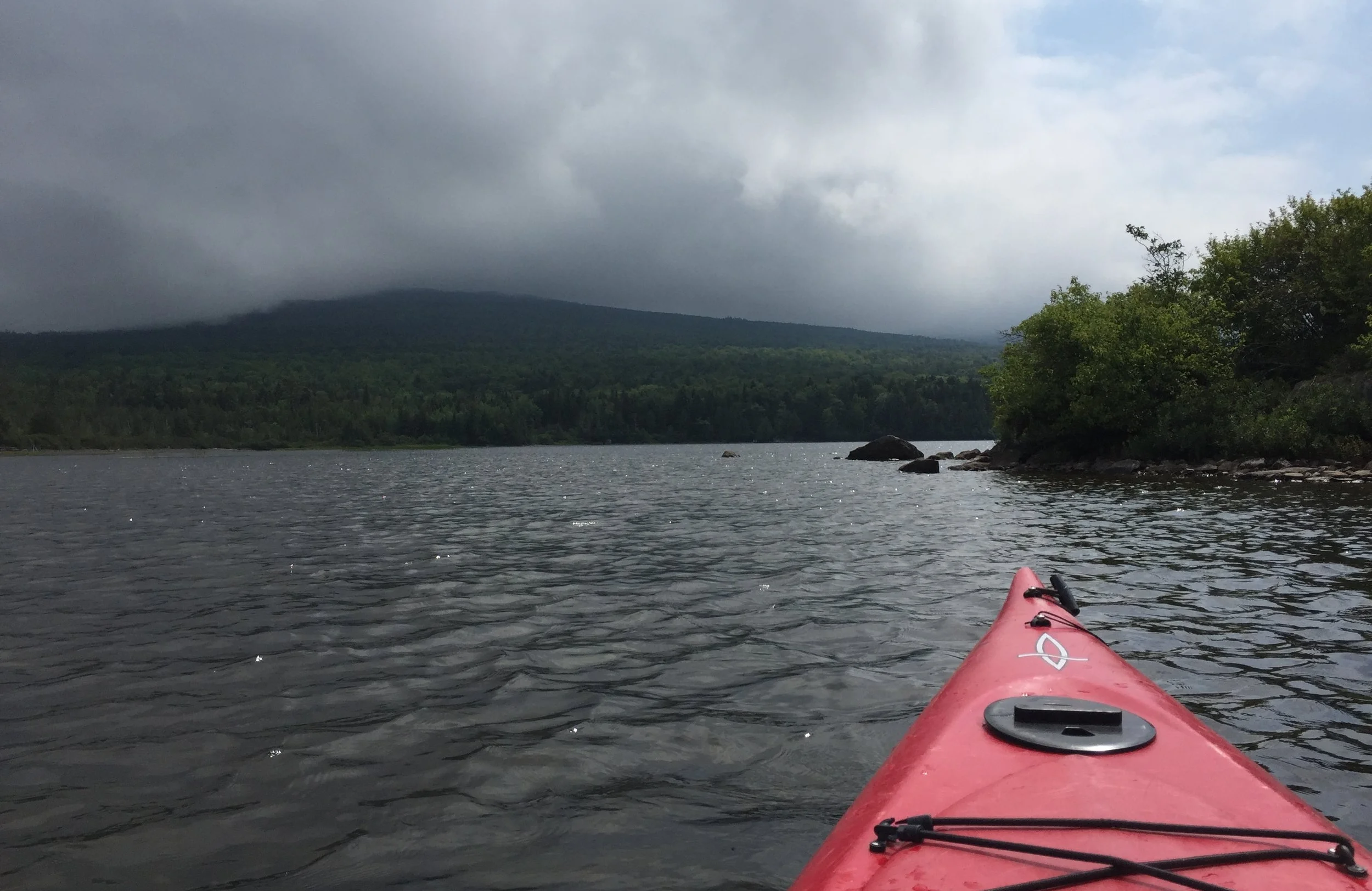
Update: How to Contact Your Representatives and Talk about LWCF
Are you worried about the future of our public lands and the Land and Water Conservation Fund, but not sure what you can do? Calling your congressional delegation is one of the most powerful things we can do as individuals. You don’t need to be an expert on the issue, but the more people who call and talk about the importance of LWCF, the more likely your representative is to notice. It really does work!
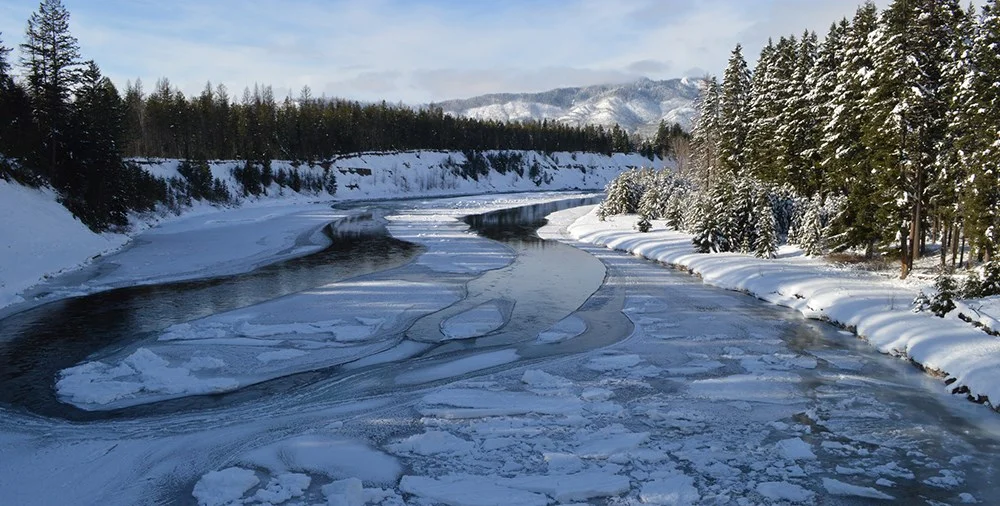
Winter WonderLANDS, LWCFstyle
Winter is an excellent time to get outdoors when you bundle up and embrace the snow! Whether you are sledding, skating, snowshoeing, skiing downhill or cross country, ice fishing, ice climbing, or the many other winter recreation sports, odds are you are on public lands protected by LWCF. Wondering if your favorite spot to mush has received LWCF funding? Here we list some of America’s best winter wonderLANDS, protected by LWCF.
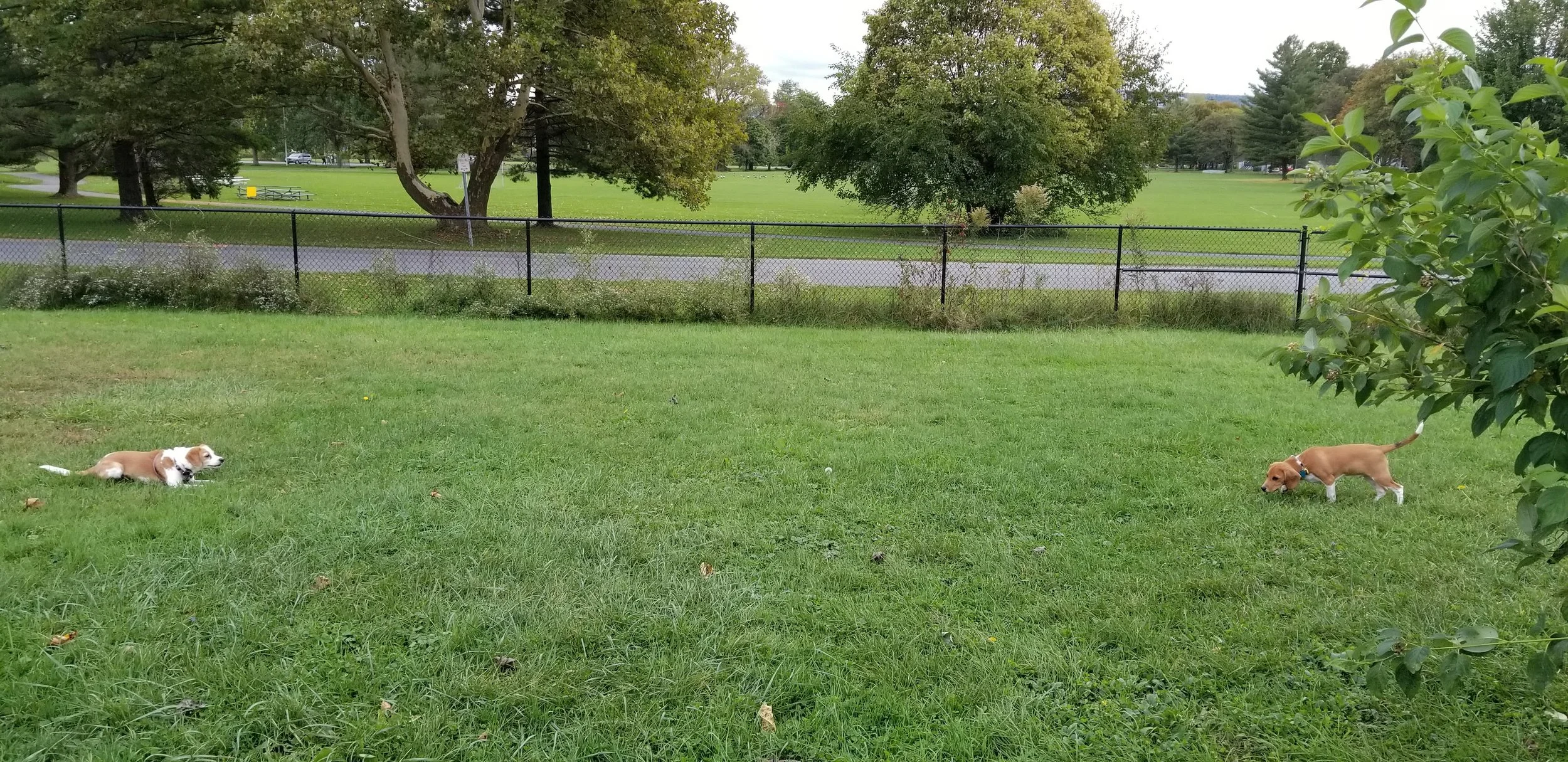
LWCF Expired, What’s Next?
The Land and Water Conservation Fund (LWCF) has expired, so, what is next?
Our fight is definitely not over! In the coming weeks, the LWCF Coalition will be working with our partners across the country and champions on Capitol Hill to secure the future of LWCF on behalf of the places we love and all of the recreation and economic benefits it brings to the American people. Don’t forget, we have a $887 billion recreation economy that relies on access to our outdoors!
With lots of conversations about the future of the program, here is a quick update on the importance of authorization with full dedicated funding, where LWCF currently stands, and how you can get involved.
